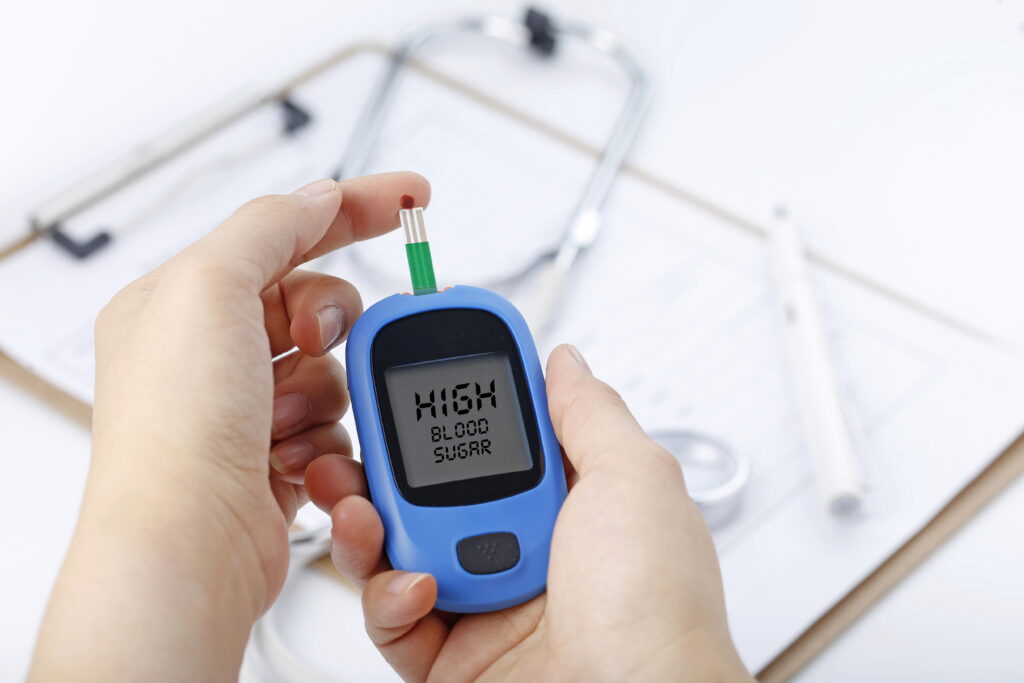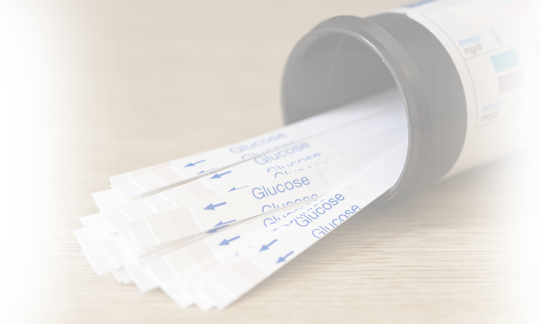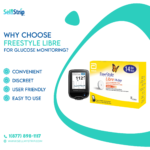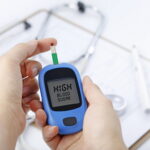
14 July 2021
Do you find it difficult to keep your blood sugar in a healthy range after a meal? Well, you are not alone. Your meal and other steps are the major factors to keep your blood sugar under control. You should go with these tips such as
- Going with the healthiest carbohydrates
- Offset carbs along with fat and protein
- 25 to 30 grams of protein must be in your breakfast
- Add more fibre to your diet
- Have nuts to get your blood sugar controlled
- Drink more water and stay away from alcohol
What’s A Spike, And Why Do They Happen?
Blood Sugar Spikes are glucose building up in your bloodstream. Blood glucose spike occurs in diabetic people when their body fails to use glucose properly. The food we eat is broken down into glucose. Glucose is needed for the out body as it is regarded as the prominent fuel responsible to make your organs, muscles as well as brain work in an ideal manner. But glucose cannot be used in the form of fuel if it does not enter into your cells.
Why Blood Glucose Spikes Are A Problem?
Blood sugar spike happens in diabetic people as their body does not consume insulin effectively. Not treating high blood glucose can lead to a serious condition called ketoacidosis. The pancreas released a hormone called insulin responsible to unlock cells to let glucose enter. Glucose is not used by the out body until insulin is released. If glucose is not consumed by our cells, they keep increasing over time. The blood sugar level goes up because of accumulated glucose in your bloodstream. It leads to damage to your nerves, blood vessels, organs if it is not controlled.
How to Measure Spikes?
Monitoring your blood sugar using diabetes test stripsat home is quite important to support the entire diabetes treatment plan. For some people, it could be costly. You may help them to sell unused diabetes test strips. At-home monitoring gives you much clarity on how your blood sugar goes outside of those visits. It would be giving you a much-needed idea of what you need to do next indeed.
If you continuous glucose monitors your blood sugar spikes at a specific time of the day, you will get aware of when you need to consume your insulin. Or chances are high that you probably experience hypoglycemia after consuming too much insulin. It could be a sort of hint which you require to mitigate your insulin dose. Adjusting your dose or alternation in your medications, home blood sugar measurement can truly give you an ideal idea of how your treatment is supposed to happen.
Some Medical Approaches to Control Spikes
Medicines that your doctors may suggest to spike control including
- Bile Acid Sequestrants
- Dopamine-2 Agonists
- DPP-4 inhibitors
- Alpha-glucosidase inhibitors
- Biguanides
- Meglitinides
- SGLT2 Inhibitors
- Sulfonylureas
- TZDs
- Oral combination therapy
Choosing Best Suited Insulin
The motto of designing an insulin regimen is to mimic how your body generally releases insulin. If you hold type- 2 diabetes, then there are two prominent ways to get it replaced. Intensive Insulin Therapy closely mimics natural insulin production. Talking about the second one, it is referred to as Conventional or Sliding Scale insulin therapy.
Time Your Bolus Insulin Properly
A bolus insulin dose helps to cover the sugar or carbohydrate in your diet. It will be there in the form of insulin to carbohydrate ratio. The I: CHO ratio is responsible to explain to you how many grams of carbohydrate has been covered by one unit of rapid-acting insulin. You would need to calculate how much carbohydrate you would be eating and you need to consume a dose of insulin matching your food.
Bolus insulin helps to get your sugar level back to the normal range. It works as a correction factor referring to how much blood sugar has dropped after 1 unit of insulin rapid-acting insulin. If your blood sugar goes high then you require calculating how much your blood sugar is over the target following the correction factor. Then the insulin dose will help to get you down into the expected range. Pre-bolus does not sit well with everyone. If HbA1C goes higher compared to your expectation then it requires going with “strike the spike.”
Bolus For The Basal
A bolus dose is insulin particularly consumed at mealtimes to ensure your blood glucose levels are under control following a meal. Bolus insulin requires it to act fast and quickly. Accordingly, short-acting insulin or rapid-acting insulin is used. The motto of Bolus Insulin is generally taken earlier to the meal. But sometimes it is also advised to consume during or just after a meal so that hypoglycemia is required to be controlled. Do not forget to consider with your doctor who will be answering your doubts.
How To Find The Right Treatment
Doctors consider different types of factors while choosing your type 1 diabetes treatment such as your diabetes type, blood glucose, diagnosis timeline, pregnancy plans, exercise habits, finances, medication complicated you ever have, side-effects you have had, other treatment, and other medicines you consume.
If you are living with Type-2 diabetes then your doctor probably is considering these points such as your blood sugar level, how long you have been living diabetes, if you have any other health-related issues, how active you remain, do you consume alcohol, and do you have a phobia of needles.
How To Live Healthy Lifestyle With Diabetes
Yes, you can manage your lifestyle with diabetes bringing blood sugar levels in control. And the following tips are
- Go with a steady carbohydrate intake
- Do exercise daily
- Keep yourself away from stress
- Keep yourself completely hydrated
- Get enough rest
- Keep your ideal weight
- Keep visiting doctors
- Do not miss your medication
Splitting Your Meal
Do you think that it gets trickier to control sweets? Here, we are sharing some tips to let you avoid consuming too many sweets such as –
- You may share your dessert with others
- You should add sweets to your diet which is sweet and sugar-free
- You should ask for the smallest serving size while desserts are being served
Get Moving
Regular physical activities are a must if you are a diabetic patient. It helps to get better sleep, lose/maintain your weight, keep your blood sugar in control, and lower the risk of complications.
Prevent Hypoglycemia
The ideal way is to practice good diabetes management. You need to learn how to detect hypoglycemia so that it could be treated early before the situation goes out of control. The HbA1c level shows an average of all blood glucose levels at all times of the day. It must not go higher otherwise chances of complications are also increased.
Doctors say that monitoring blood sugar following a meter or a CGM is called the tried and a true way of staying away from low blood sugar. Studies also say that the more frequently you keep checking your blood sugar, the lower the risk you will have to suffer from hypoglycemia. Checking more often helps you to get it treated before it gets quite low. You should check it before and after meals and exercise. You should also check it before bed and after doing intense exercise.
Conclusion
Getting your blood sugar in control is not impossible. All you need to do is stay disciplined. Follow whatever your doctors suggest to you.
Check-out how to Sell Unused Diabetic Test Strips Online at Sell My Strip.
Popular Post
The name Freestyle Libre is regarded as a sort of ...
The motto of Omnipod is simplifying life with diab...
Archives
- December 2021 (3)
- November 2021 (1)
- September 2021 (2)
- August 2021 (5)
- July 2021 (2)
- September 2020 (3)





